These two kinds of bark are the most suitable for growing flowers. They will grow wildly in pots, an
Last Update :2024.05.20
Article Catalog
Use pine bark as a pad on the bottom of the pot to grow flowers without root rot!
Pine bark is mixed into the soil, which is loose, breathable and highly nutritious!
Add some sphagnum moss to the pine bark, and the dendrobium blossoms will flourish!
Use willow bark to grow flowers, and the roots will sprout!
When winter gets cold, people don’t like to fertilize flowers. After all, retting is slow and they don’t want to do it when it’s cold! Then why not Huahua teach you a simple method? Go to the wild to pick up some bark and bring it back to grow flowers! You do not believe? Then why not follow Huahua and take a look!
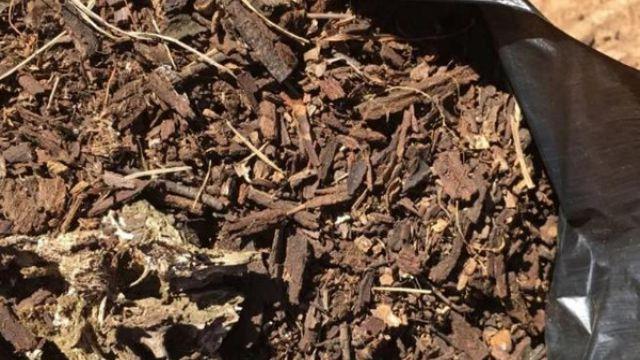 Use pine bark as a pad on the bottom of the pot to grow flowers without root rot!
Use pine bark as a pad on the bottom of the pot to grow flowers without root rot!
Pine bark is placed on the bottom of the pot to grow flowers without root rot!
If the flowers at home often have root rot, it must be because the pot soil is not breathable. In this case, it is better to put some bark on the bottom of the pot. The water permeability and breathability effect are super good!
Operation steps:
1. When you have nothing to do on the weekend, you can just take a small bag and go to the park or mountain to pick up some dry bark and take it home! For the pine bark that lines the bottom of the pot, Huahua recommends that you go under the old pine trees and pick up those barks that have begun to turn gray. Such bark can be used directly when you take it home.

2. Throw the recovered pine bark into a Put it in a larger wooden barrel, and then scald it with boiling water to sterilize the bark and kill some bacteria and bugs on the bark. You can also put it in a pot and add water to boil it for better disinfection effect.
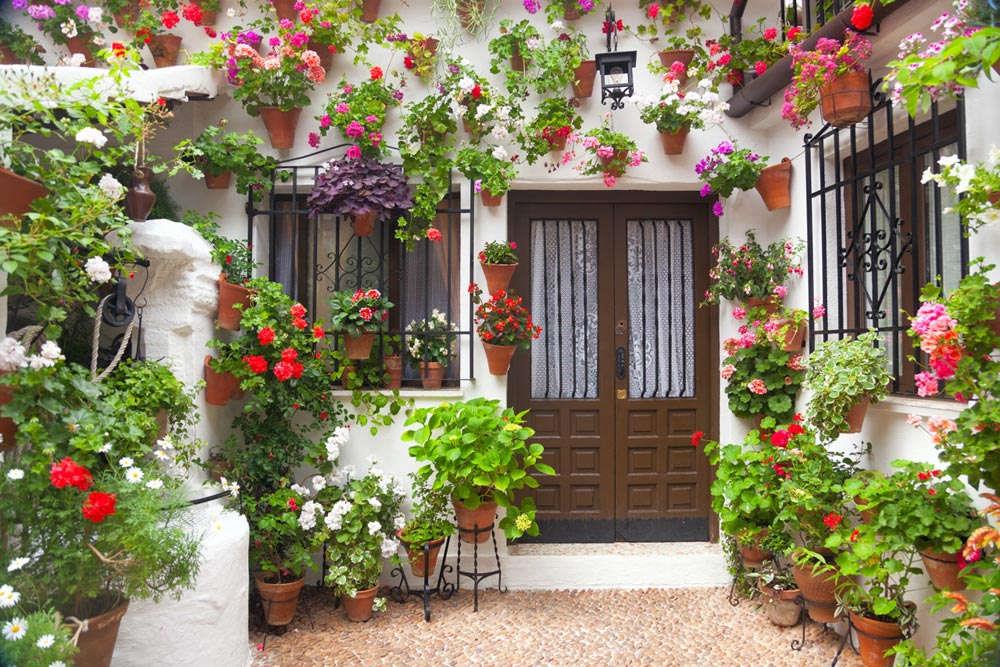
3. When it is time to repot the flowers in spring and autumn, You can place pine bark directly on the bottom of the pot. The gaps between the pine bark are relatively large, and being placed on the bottom of the basin can increase water and air permeability. Moreover, the pine bark also contains pine resin and pine oil, which can play a role in sterilization and disinfection. The effect of growing flowers is super great!
Applicable flowers: For flowers such as clivias and orchids that have relatively large root systems and are prone to root rot, pine bark can be used to pad the bottom of the pot.
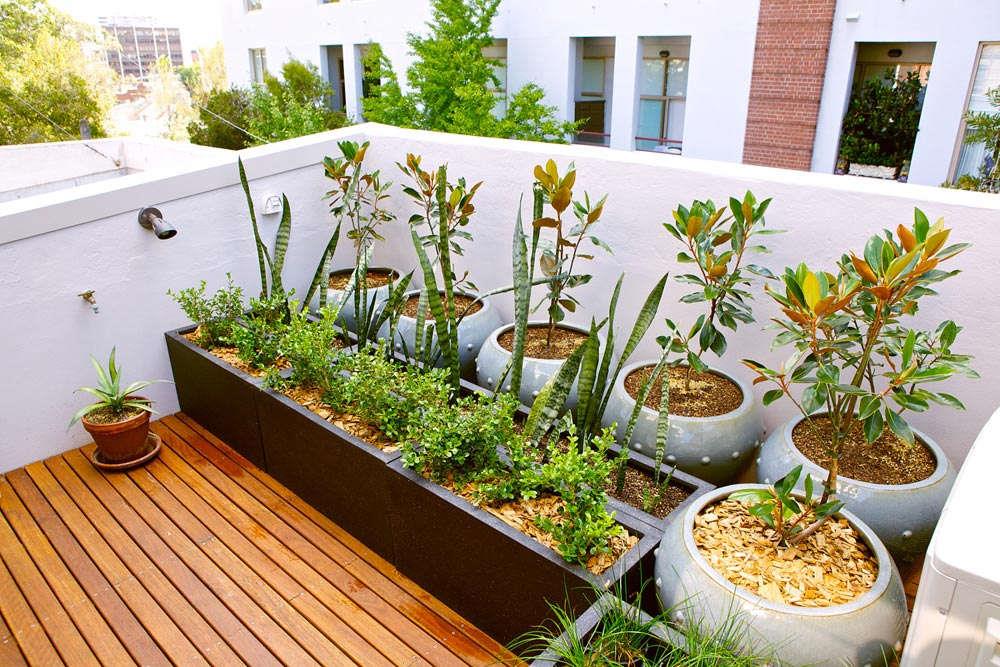
Pine bark is mixed into the soil, which is loose, breathable and nutritious!
In addition to padding the bottom of pots, pine bark mixed with soil is also a good thing for growing flowers! Especially for orchids, pine bark is a first-class planting material!
Operation steps:
1. Go to the wild to pick up some dried bark, take it home and scald it with boiling water. If you find it troublesome, you can also heat it directly in the microwave 1- Done in 2 minutes!

2. If the bark picked up is fresh , you can find a plastic bag, put the bark in the plastic bag, add some rice water and the like, seal it and ferment it, it will basically be fermented in one month.
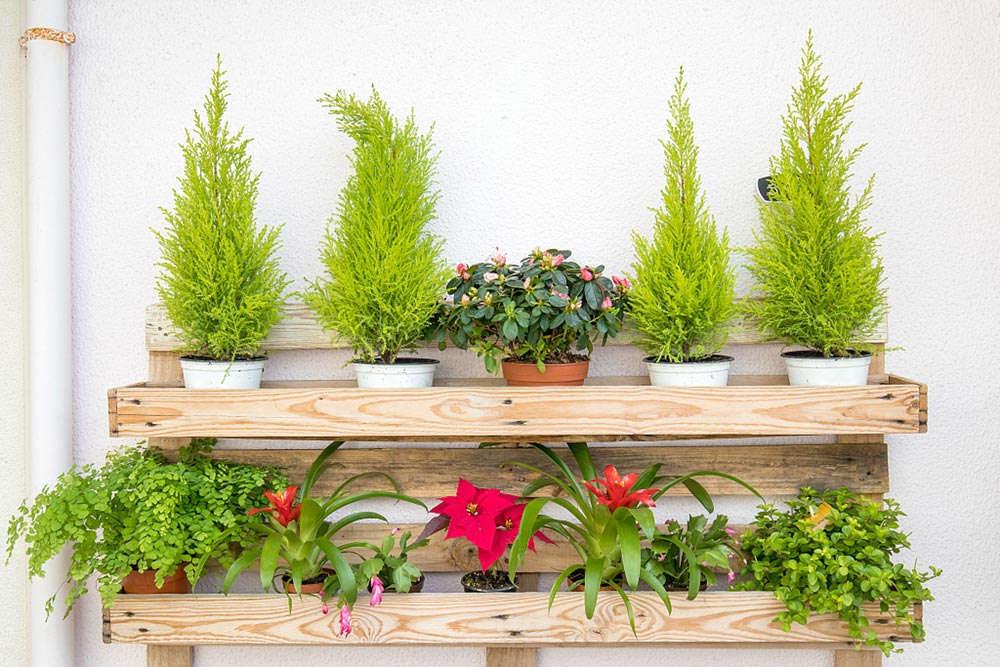
3. When potting orchids, directly pot the pine trees The bark is mixed with other plant materials to serve as nutrient soil. The bark is loose and breathable. Mixing it into the soil allows the roots to breathe and prevents hardening. Some gardeners even use the whole bark to grow orchids!
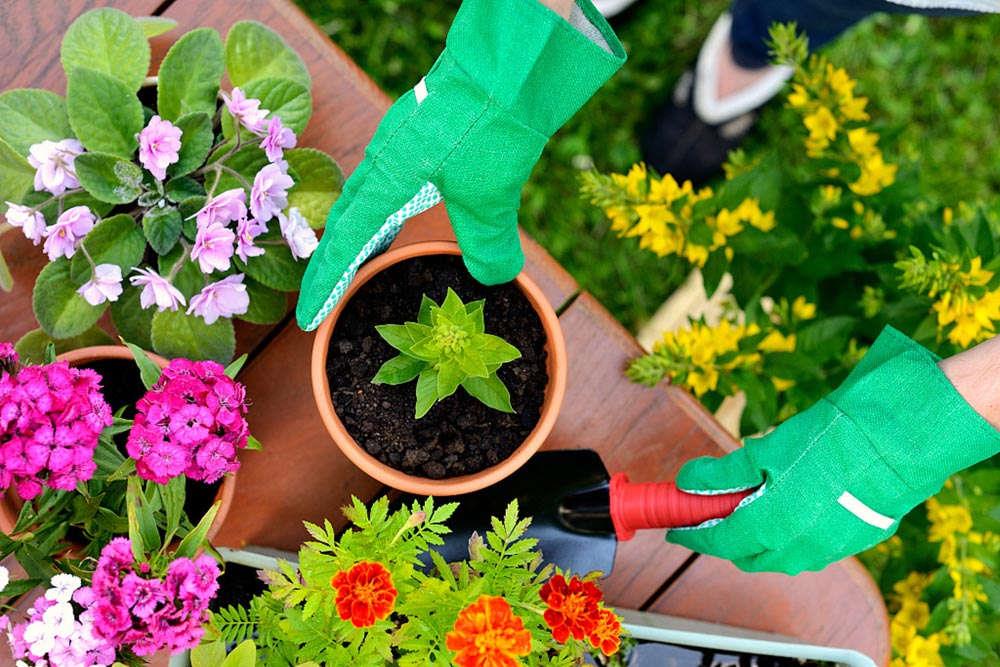
Pine bark mixed with sphagnum moss, dendrobium blooms vigorously !
Dendrobium is a flower that likes a high-humidity environment, so if you want to grow dendrobium well, try to plant it with bark or sphagnum moss, so as to avoid root rot and make it grow longer and more prosperous!
Operation steps:
1. Dendrobium is an aerial root plant, and its roots need a sufficiently breathable environment, so you can prepare to plant them with sphagnum moss and bark.

2. First wrap the roots of dendrobium with wet sphagnum moss Then stretch the root system a little, tie it to the bark, or put the bark in a flower pot, and then plant the dendrobium!
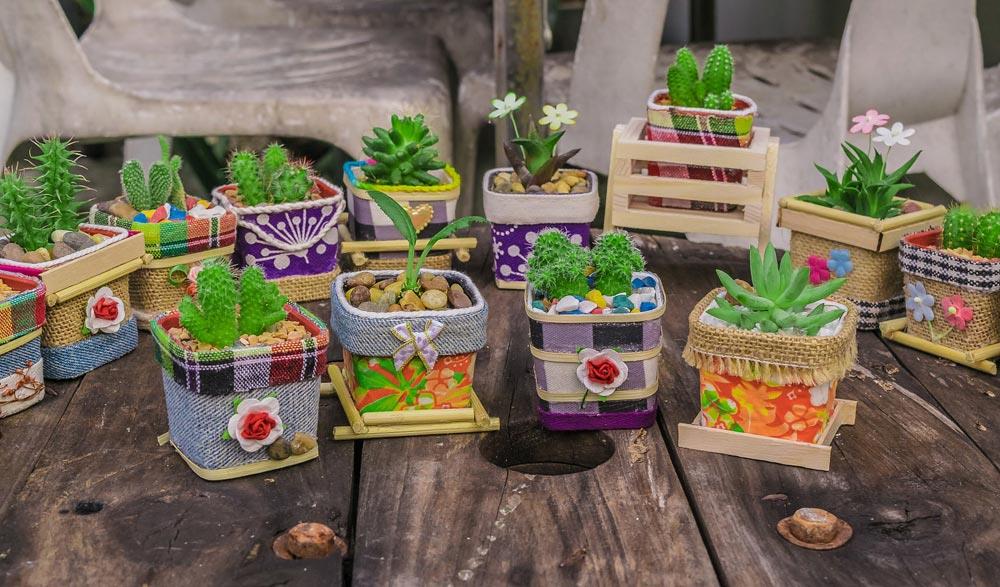
3. The climate in the north is dry in winter, and sphagnum moss can damage the root system. It plays the role of water retention. The bark is also loose, breathable and water-retaining, making it very suitable for dendrobium.
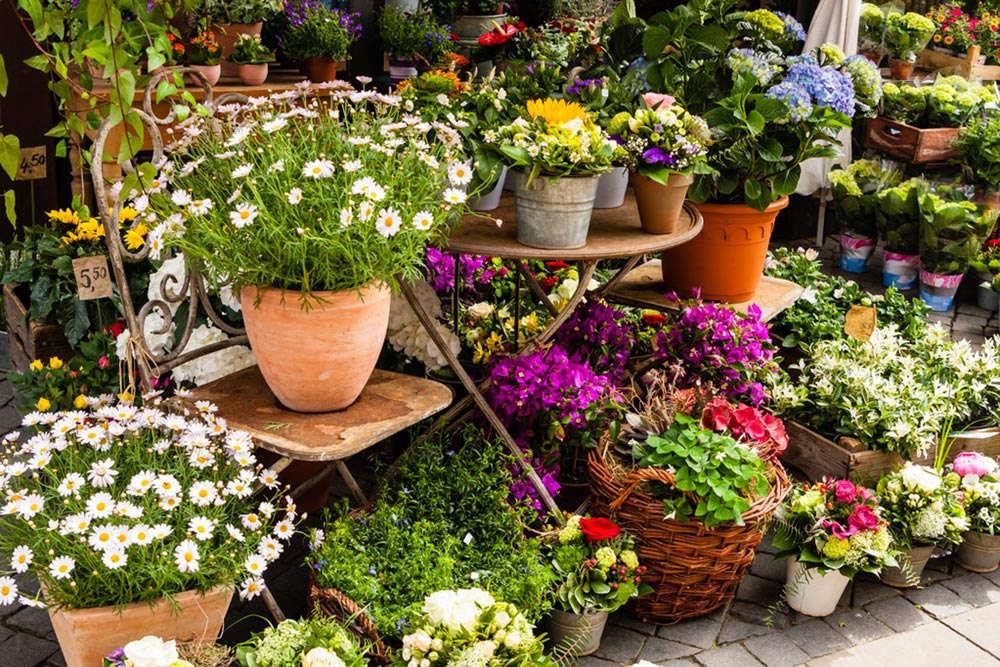
Use willow bark to grow flowers, and the roots will sprout!
After talking about pine bark, let’s take a look at willow bark! Willow bark is actually a treasure for growing flowers, and it’s easier to get than pine bark. It’s simple and convenient!
Operation steps:
1. Take a plastic bag to the roadside and pick up some willow bark. After taking it home, put it in a pot, add water, and cook it for a while to achieve the desired effect. Willow bark is used for sterilization and disinfection purposes.
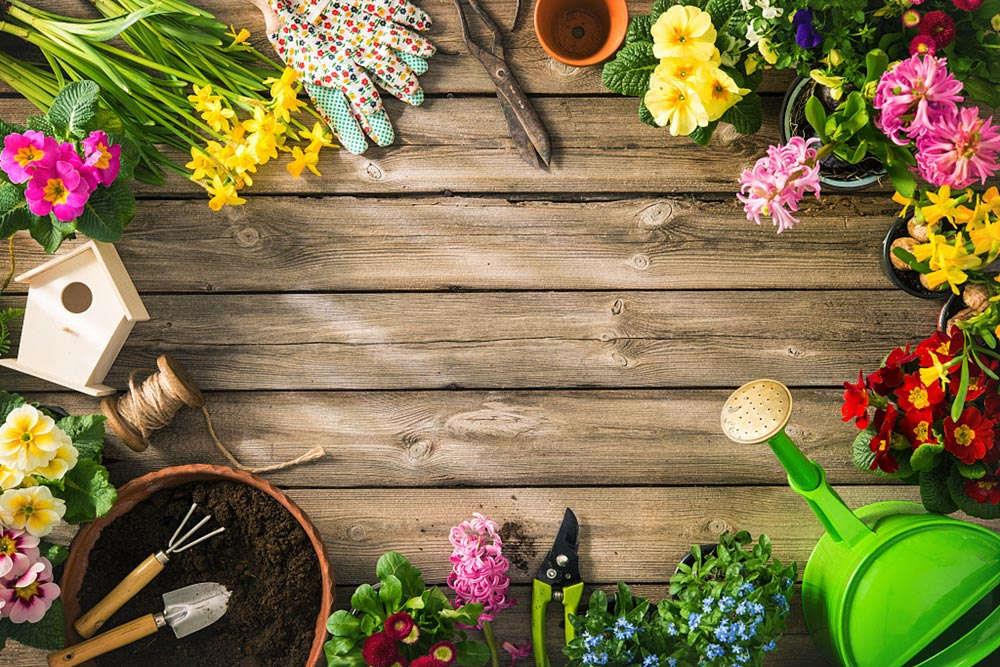
2. After disinfection, take out the willow bark. Place it in the sun to dry or dry, then place it directly on the bottom of the pot or mix it in the soil. They are both loose and breathable planting materials.
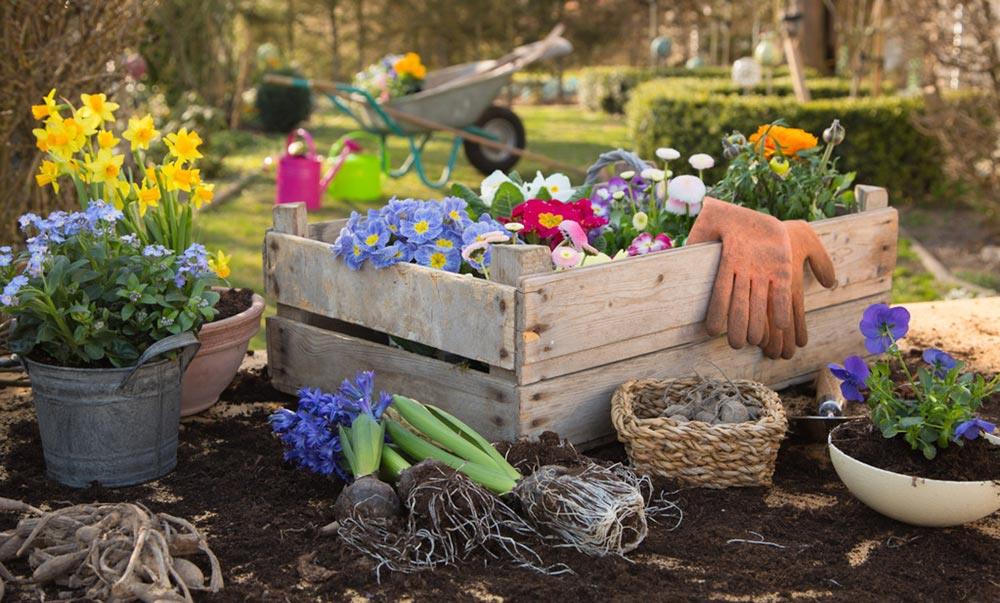
3. Don’t throw away the water used to boil willow bark, because Willow bark contains salicylic acid and other substances, which can promote the growth of the root system, so you can use the water boiled in the willow bark directly to water your flowers to make the root system grow longer and more prosperous!

Pine bark is mixed into the soil, which is loose, breathable and highly nutritious!
Add some sphagnum moss to the pine bark, and the dendrobium blossoms will flourish!
Use willow bark to grow flowers, and the roots will sprout!
- END -
Cultivation methods and precautions for true cypress bonsai
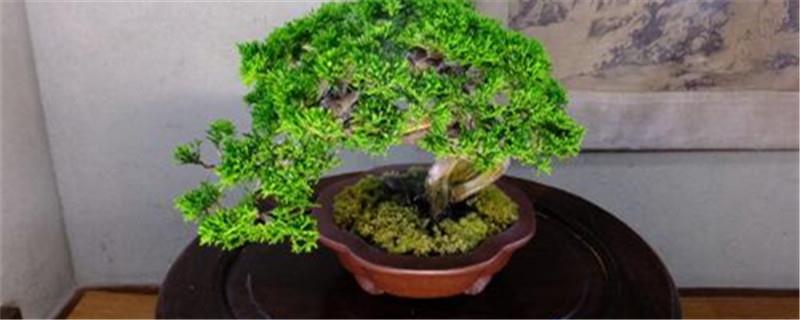
Temperature: True cypress bonsai is not cold-tolerant, and the maintenance tempera...
How to grow plover flowers
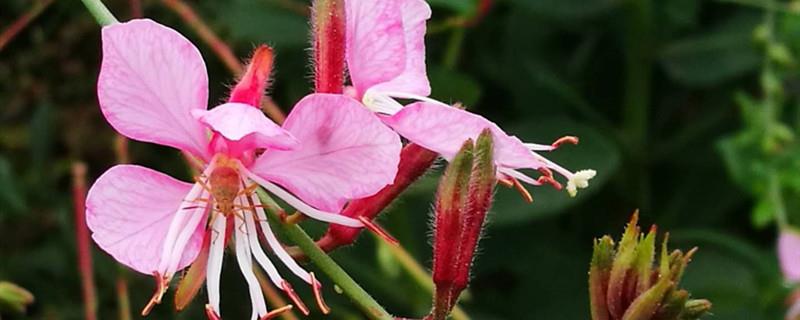
Temperature: Tolerant to cold, the suitable temperature for growth is 5℃~25℃, no...